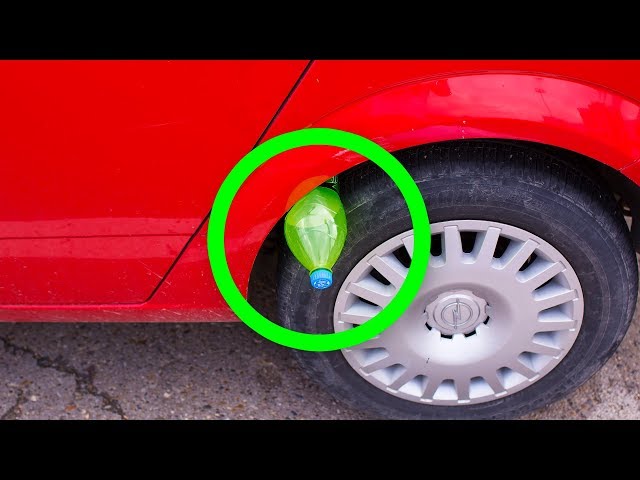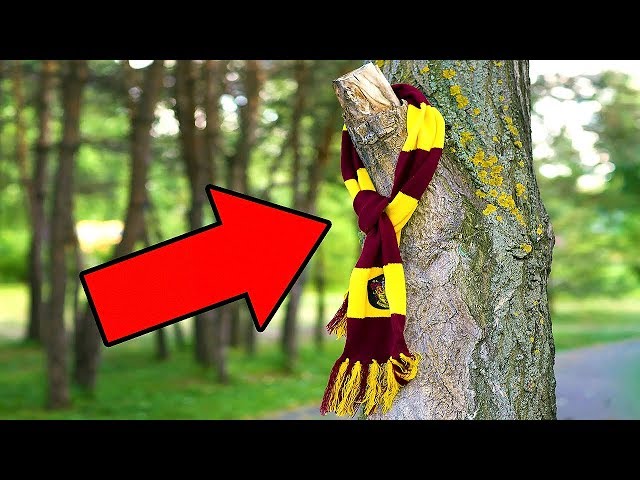4 Tips on How to Stay Safe at Sea
How to Stay Safe at Sea Summer is a great time to enjoy the sun and the seaside, but both the beach and the sea can be full of dangers. To stay safe and protect your family you have know how to deal with all kinds of unexpected situations that can happen in the water. So grab a pen and paper and get ready to take note of these general safety rules when it comes to resting at the seaside. Don’t forget to pack all the beach necessities 0:55 You absolutely need to pack a first aid kit with medications for a variety of emergencies, prescriptions and devices like inhalers or EpiPens, sunscreen with an SPF of at least 30, coolers with ice, plenty of bottled water, drinks and food. What to do if you’ve spotted a shark 1:44 Statistically, you have more chances of drowning somewhere near the beach or even being struck by lightning than becoming a victim of a shark attack. Still, it’s better to be safe than sorry. Be careful what you wear: sharks can negatively react to bright colors or shiny things. If you've spotted a shark, stay calm and concentrate on getting away and out of the water. Check for signs of aggression indicating that the animal is about to attack. If an attack seems inevitable, take a defensive position. Try to put a solid object between you and the animal. If there’s nothing at hand, the best way to scare a shark away is to scratch at its eyes or gills. How to avoid a jellyfish sting 6:02 Choose an area where you can swim safely. If you know that there are jellyfish around, avoid that place. If you’ve been stung by a jellyfish, get out of the water and stay calm. Don't touch or scratch the place of the sting because there might still be some tentacles attached to your skin. Pour some sea water over the affected area and leave it, don’t dry it off with a towel or anything. Then, pour a generous amount of vinegar over the tentacles in your skin and let it sit for at least half a minute. To relieve the pain, submerge the injured part of your body in warm water (about 110°F). What to do if you've stepped on a sea urchin 8:36 Make sure you’re not feeling any chest pain, nausea, or difficulty breathing. If you are, call emergency services. And if not, start by removing all the spines. Use tweezers to pull them out, especially if the ends of the spines are protruding. If they’re not, you can use hot wax. Once you’re sure that there are no spines left in your body, clean the wound with soap and water. What to do if you’ve been pulled into a rip current 9:50 Before going into the water, check for any suspicious-looking channels. Places with rip currents can be foamier or, on the contrary, quieter than others. If you've still got caught by the current, stay calm, it won't pull you underwater. If you start swimming parallel to the shore, you’ll manage to escape its pull. Music: Better_Than_It_Used_To_Be https://www.youtube.com/audiolibrary/music TIMESTAMPS Beach necessities 0:55 What to do if you’ve spotted a shark 1:44 How to avoid a jellyfish sting 6:02 What to do if you've stepped on a sea urchin 8:36 What to do if you’ve been pulled into a rip current 9:50 SUMMARY -You absolutely need to pack a first aid kit with medications for a variety of emergencies, prescriptions and devices like inhalers or EpiPens, sunscreen with an SPF of at least 30, coolers with ice, plenty of bottled water, drinks and food. -Never go into the water if there’s a posted warning on the beach. Don’t swim at night or at dawn or dusk. In the extremely rare instance of a prolonged deadly encounter, try to put a solid object between you and the animal (for example, a diving mask or surfboard). Don't stop fighting, this way the shark will get the message that you’re not worth all the trouble. -Pay attention to warning signs and watch for purple flags. That's the international sign that you’ll most likely encounter jellyfish in the water. If you see a jellyfish that’s washed ashore, don't touch it. -Start by removing all the spines. Use tweezers to pull them out, especially if the ends of the spines are protruding. If they’re not, you can use hot wax. Put it on the affected area, wait for it to dry, and pull it off; it’ll take the spines with it. -If you enter the water and feel a strong pull, get out immediately. As soon as the water gets up to your chest, it’ll be practically impossible to break free. If you've still got caught by the current, stay calm, it won't pull you underwater. Subscribe to Bright Side : https://goo.gl/rQTJZz ---------------------------------------------------------------------------------------- Our Social Media: Facebook: https://www.facebook.com/brightside/ Instagram: https://www.instagram.com/brightgram/ 5-Minute Crafts Youtube: https://www.goo.gl/8JVmuC ---------------------------------------------------------------------------------------- For more videos and articles visit: http://www.brightside.me/









![CAT VIDEOS ★ FUNNY Cat Videos (HD) [Funny Pets]](https://i.ytimg.com/vi/Yt73dFJV_RM/hqdefault.jpg)

![Matoma & Enrique Iglesias – I Don't Dance (Without You) [feat. Konshens] [Official Lyric Video]](http://totallyfunplace.com/uploads/images/_D1rrdFcj1U.jpg)






